By Tyler Roberts, June 2023
Location: Benton County, Oregon (Site names and locations excluded to protect sensitive species and habitats)
It was a sunny May morning when I spotted a newly emerged adult Taylor’s checkerspot butterfly (Euphydryas editha taylori) perched and basking to soak up the sun, gently pulsing its new wings, drying them for its first flight. After making it through almost a full year as a caterpillar, the remaining 1-2 weeks of this butterfly’s life will revolve around two things: drinking nectar and finding a mate. These will be a couple of hard weeks to be a Taylor’s checkerspot butterfly. There are less nectar-producing flowers than there used to be, and most of them are covered by woody shrubs and a thick layer of thatch built up from the non-native grasses that now dominate its meadow habitat. If that wasn’t bad enough, there just aren’t as many mates as there once were. However—for all intents and purposes—this is still one of the lucky butterflies that will have a chance to fly and pass on its genes to a new generation.
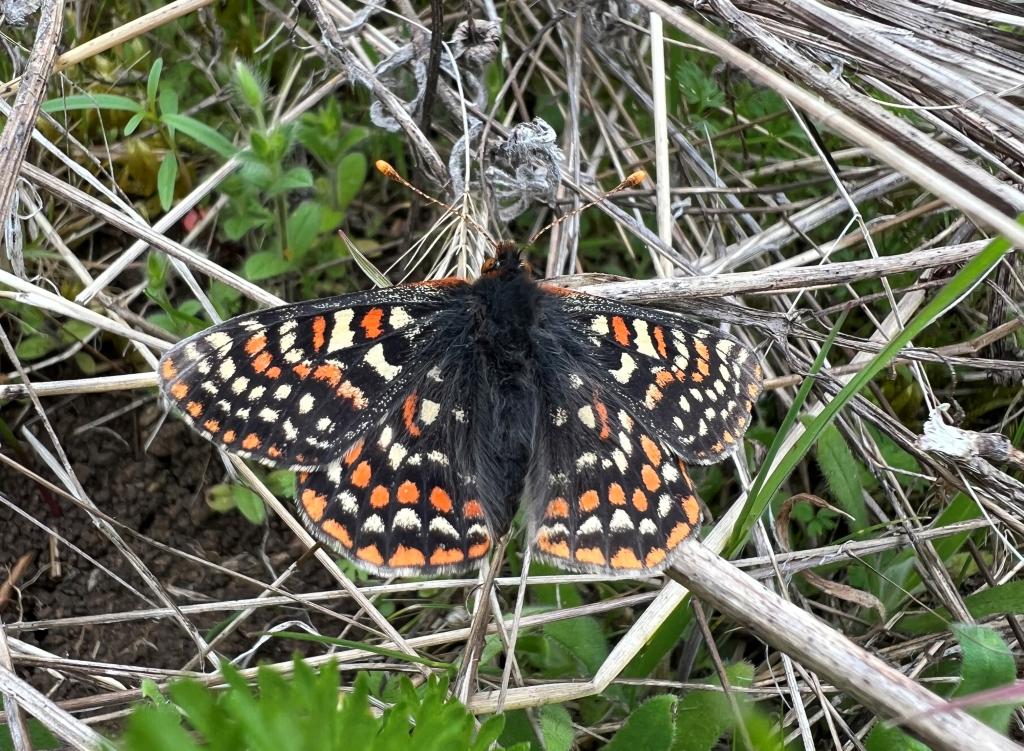
The Taylor’s checkerspot butterfly population has been declining for decades and is facing imminent and significant threats, receiving an official listing as endangered in 2013. This species used to occupy prairie, oak savannah, and coastal bluff habitat from the Willamette Valley to the Puget Trough and Vancouver Island. Now, in 2023, it can only be found in a dozen locations; only two of which can be found in Oregon and both are in Benton County! The Institute for Applied Ecology (IAE) and our wonderful partners are working very hard to restore these remnant sites to a more resilient state in which the Taylor’s checkerspot butterfly can thrive.
We are applying the lessons learned from our collaborative work restoring degraded habitat for the recently downlisted Fender’s blue butterfly. Though the Fender’s blue butterfly and the Taylor’s checkerspot butterfly can occupy the same or similar habitat, they also live very different lives. In contrast to the Fender’s blue, the Taylor’s checkerspot butterfly emerges earlier in the spring and therefore relies on a slightly different mix of nectar producing flowers with our local population showing a preference for early flowering species like wild strawberry (Fragaria virginiana), rosy plectritis (Plectritis congesta), and Tolmei’s star tulip (Calochortus tolmiei).
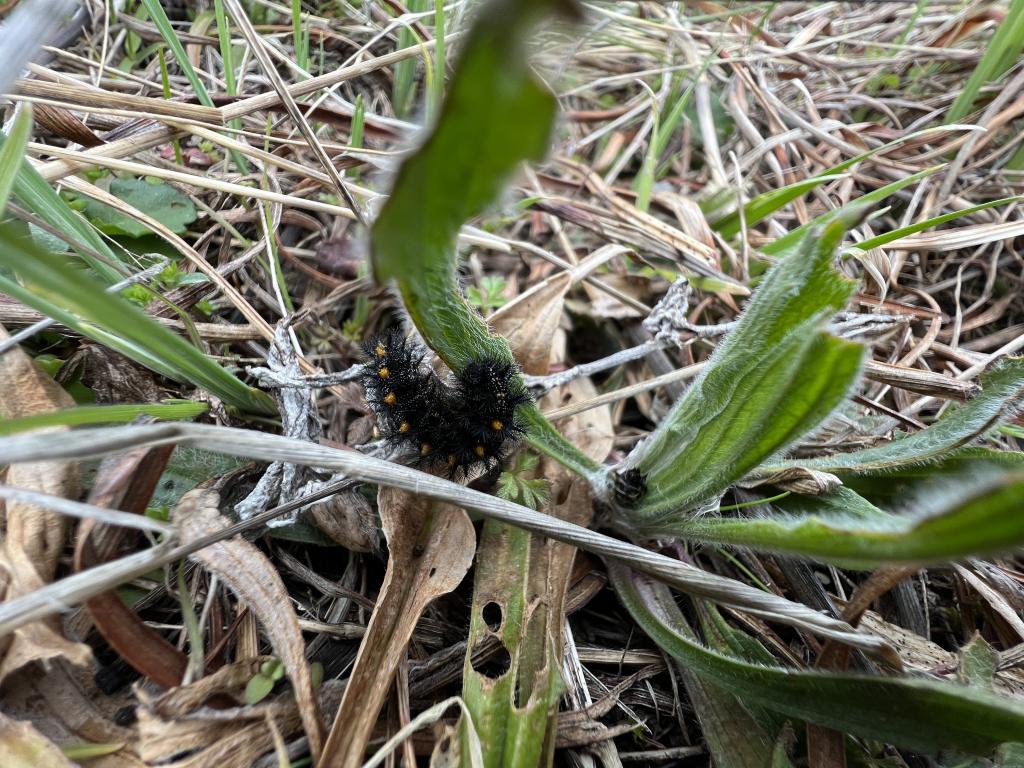
In an interesting twist, Taylor’s checkerspot butterfly switched host plant species that it uses to complete its life cycle. It now prefers the non-native, narrowleaf plantain (Plantago lanceolata) instead of its historical, native host plant, golden and harsh paintbrush (Castilleja sp.). You will have almost certainly seen narrowleaf plantain before while out on a walk or visiting your local park. This species is already widespread throughout the Willamette Valley but it typically doesn’t dominate spaces the way that other non-native plants do, such as something like meadow knapweed (Centaurea x moncktonii). Instead, it can be integrated into short-stature prairie ecosystems and in many cases, perhaps most, it already is. There is still a great deal that we do not yet understand about the Taylor’s checkerspot butterfly, but one thing is certain: without active restoration efforts centered on their recovery, we will continue to see the population decline.
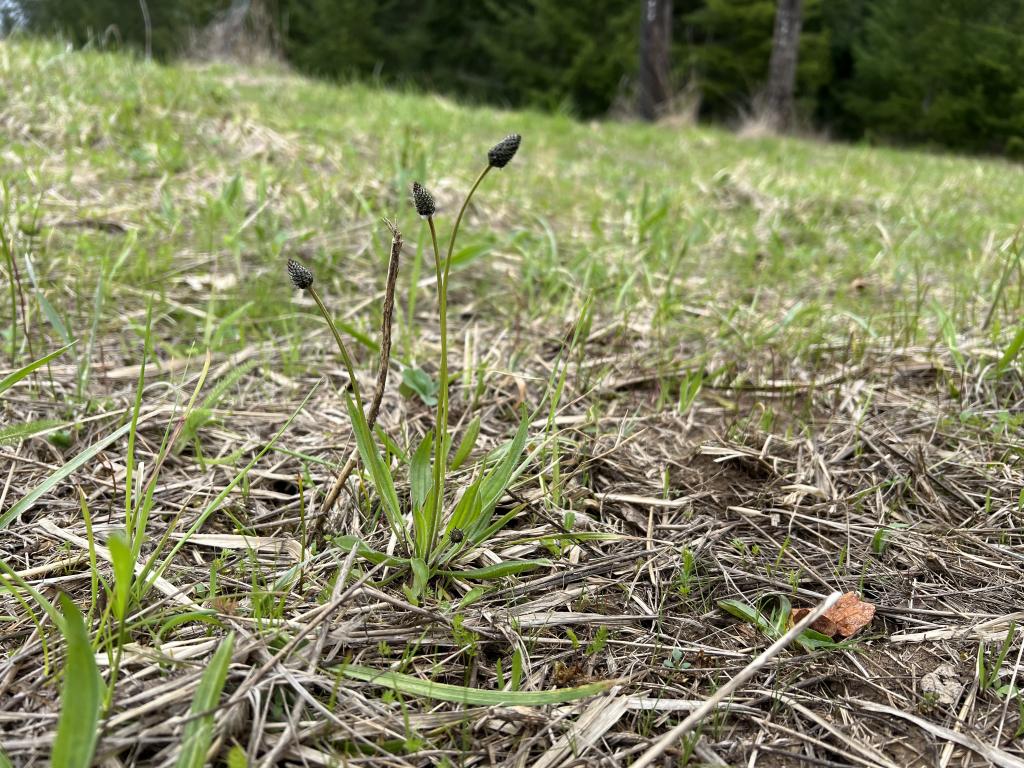
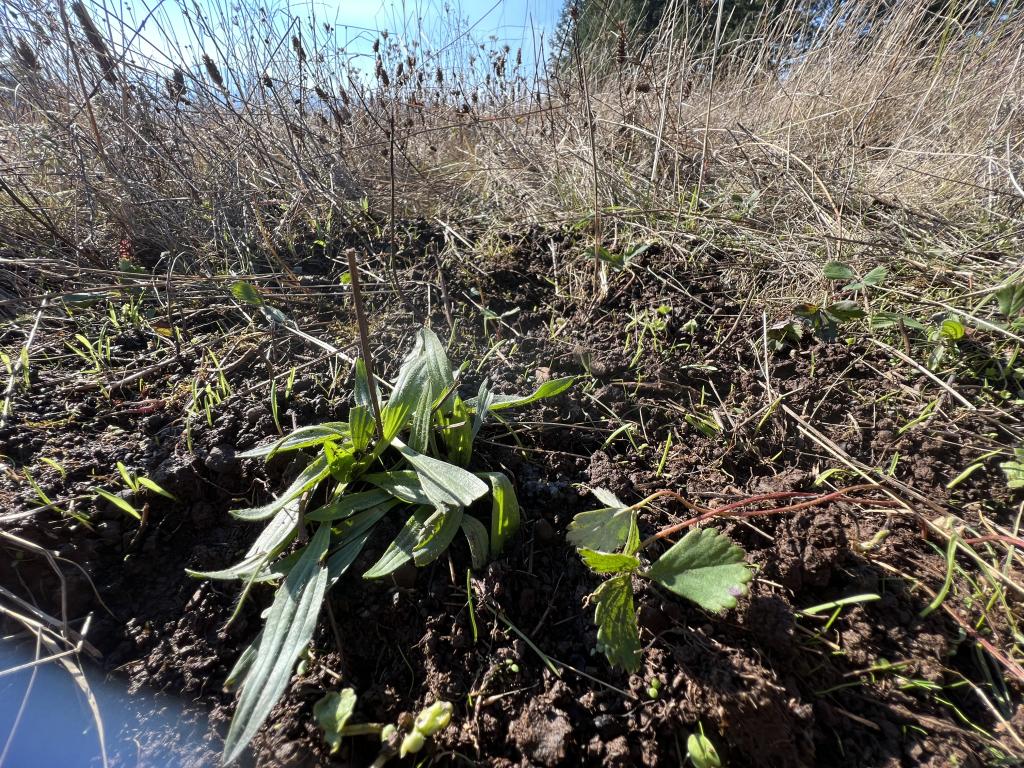
However, all is not lost and I am hopeful for the future! We are capable of bringing back butterflies from the brink, as evidenced by the Fender’s blue butterfly’s recent downlisting. With funding provided by the Oregon Watershed Enhancement Board (OWEB), the U.S. Fish and Wildlife Service (USFWS), and the Benton County Natural Areas & Parks Department, IAE has been able to increase recovery efforts for the Taylor’s checkerspot butterfly by increasing the restoration work at extant populations, starting a new captive rearing program through Oregon State University, including more sites to be considered for the introduction of Taylor’s checkerspot butterfly, and increasing host plant (both historic and current) plant material availability.
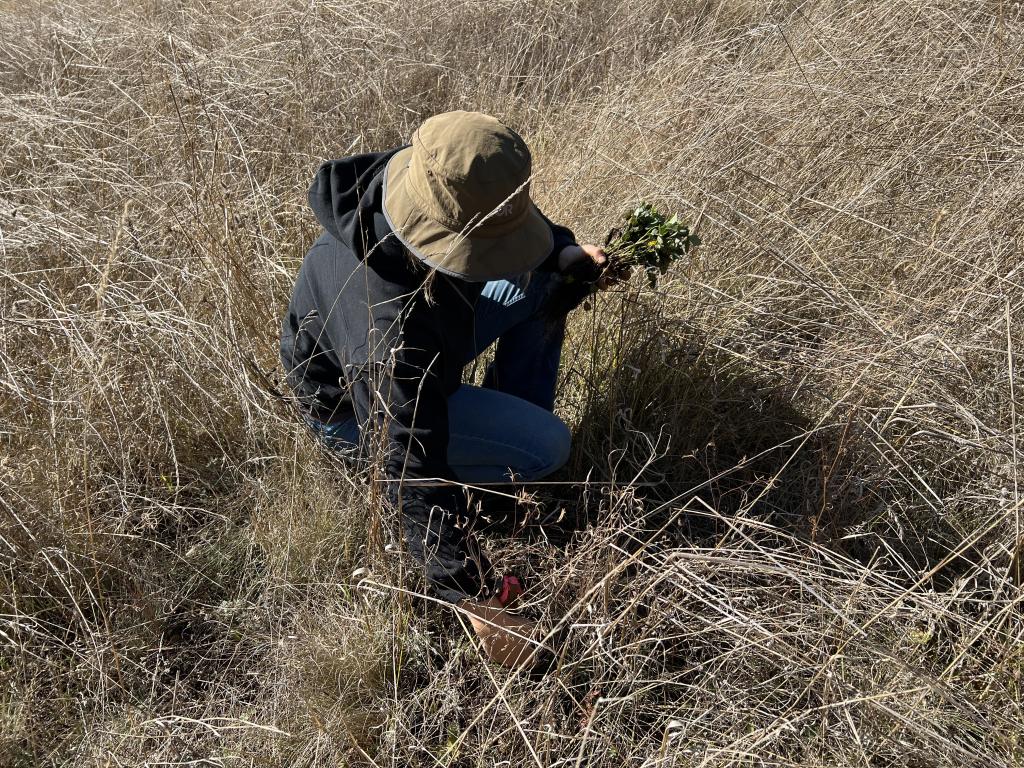
We want to thank our wonderful partners at the Oregon Watershed Enhancement Board (OWEB), U.S. Fish and Wildlife Service (USFWS), Benton County Natural Areas & Parks Department, Oregon State University, Greenbelt Land Trust, Dana Ross, and numerous private landowners for their support in aiding the recovery of this endangered species.
